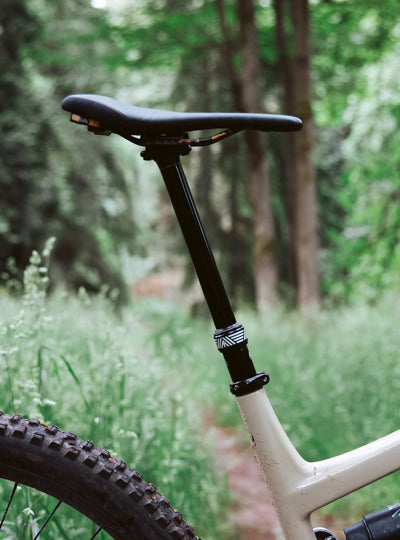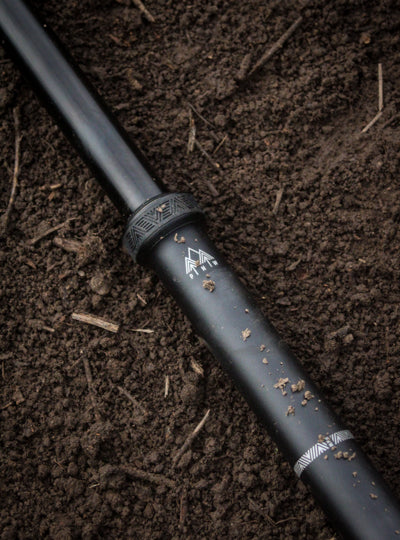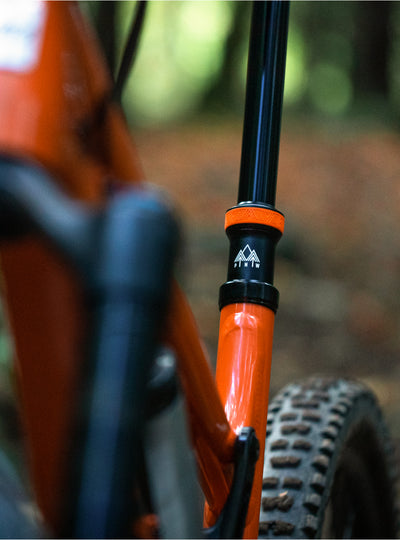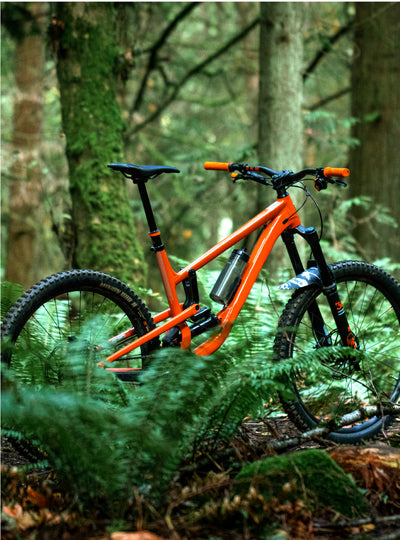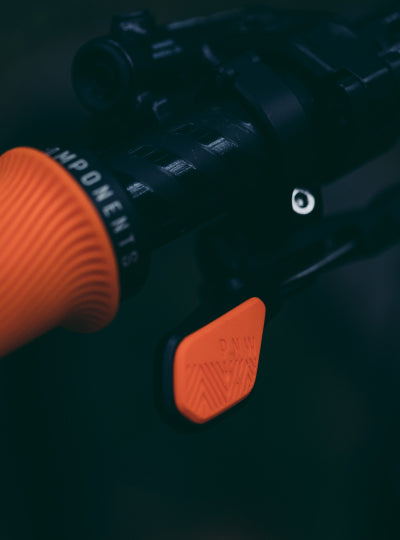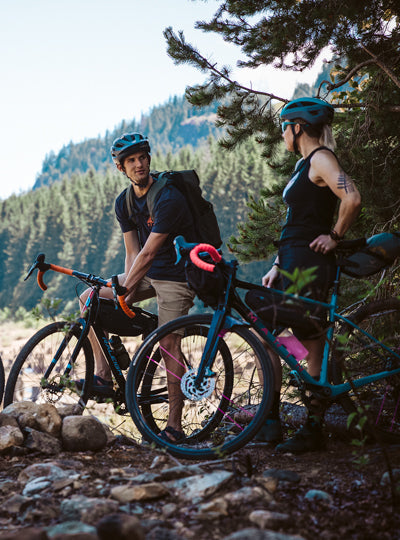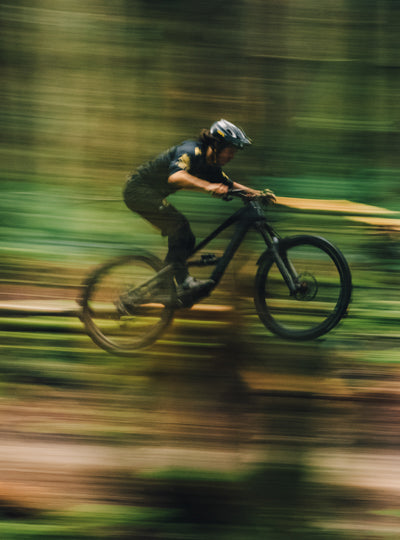Ultimately, your handlebar rise should be determined by your fit preferences. Things like your bike's geometry, your riding style, terrain, and most importantly, your comfort while riding your bike, are all important factors. Have fun and experiment with different setups to find what works best for you and what’s most comfy. For the women in the room, handlebar rise is kinda like jeans, low rise is in one minute, next thing you know, everyone's going highwaisted. Well, it’s 2025 and fashion is dead, so ride the rise that suits your needs, even if it means you might have a little crack hanging out.
LOWER RISE HANDLEBAR BENEFITS
25mm Rise:
-
Positions your weight more over the front wheel, improving control while climbing and on rolling or flat terrain. This can also lead to improved front-wheel traction in most riding scenarios.
-
Provides a more aggressive riding posture, which can be beneficial for technical sections and maintaining speed on rolling terrain.
-
You will generally see 0-25mm rise bars on cross-country, downcountry, and short-travel trail bikes.
HIGHER RISE HANDLEBAR BENEFITS
38mm & 50mm Rise:
-
Shifts your weight slightly more rearward, creating a more confident descending body position. By being more upright, you’re better able to tackle steeper terrain.
-
Creates a more upright riding position, reducing strain on the lower back and wrists, making it more comfortable for longer rides.
-
A higher rise bar can increase the feeling of control, which is useful for jumping, downhill, and enduro riding.
REACH VS. STACK: HOW YOUR COCKPIT SET UP INFLUENCES THEM
Is it better to change your handlebar rise or change your stem position on the steer tube?
Generally, we advocate for making changes to your cockpit height via your handlebar rise. However, adjusting your stem height can be equally important in terms of finding your preferred riding position.
Here are the differences between making these adjustments:
-
Your stem height and handlebar rise both influence stack, the vertical height from your bottom bracket to the top of the head tube.
-
Changing your handlebar rise does not affect your bike's reach, the horizontal distance between your bottom bracket and your head tube.
-
Alternatively, changing your stem position does affect your reach. This is because your stem is positioned on your steerer tube which is angled towards you. For example, when you lower your stem you’re lowering your stack and increasing your reach.
The key takeaway here is that changing your handlebar rise allows you to play with your stack without also changing your reach.
-
Raising your stem will increase stack and decrease reach.
-
Lowering your stem will decrease stack and increase reach.
-
Installing a higher-rise handlebar will increase stack and maintain reach.
-
Installing a lower-rise handlebar will decrease stack and maintain reach.




